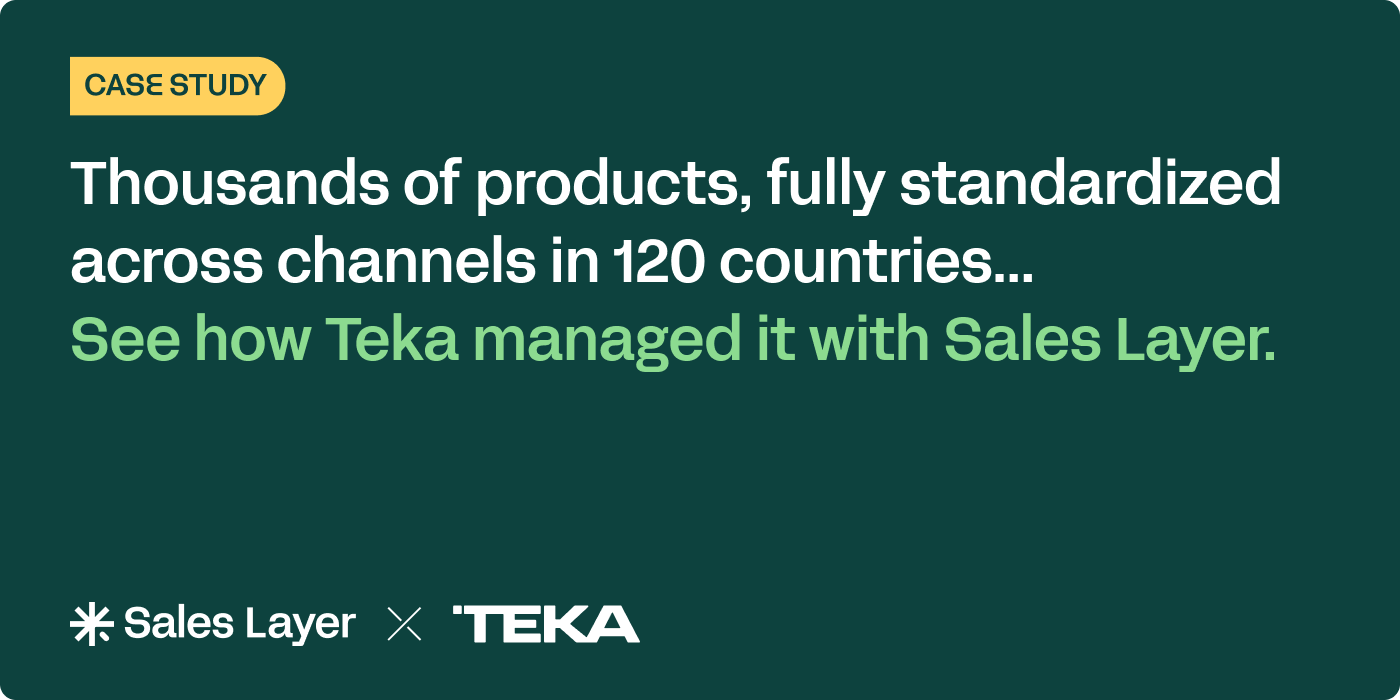
When you meet someone, how do you talk to them? Are you happy and optimistic, informative, authoritative, humble, persuasive, or analytical? How do they seem to you?
For each relationship, there is an exchange of ideas, status, emotions. For each perception, there are at least two sides.
Every sale is also a purchase
When you buy a product from someone, you are purchasing the product while you are selling cash. It's not very hard to be on the buyer side, as the seller sets the price for you. On the seller side, they are selling a product and purchasing the cash.
But, they're also after another thing from you. You represent some market share, and when you talk to your friends about how great the product is, you are marketing for them by word-of-mouth.
Word-of-mouth is the most critical thing in business, and you can't control it
You can sell your business' mission, its culture, and its ideology. When you engage with your vendors, distributors, and service or product companies, you become friends with them. Friends talk about their passions, goals, and interests. Your job as someone in the middle is to form a common link. Connect these links and find the story.
If you're reading this, you probably are already creating a vertical integration. That is, you are connecting suppliers to vendors, products to the marketplace. You need to know your vendors, suppliers, and other people that make up your network so that you can tell their stories.
A story is a product, and a product is a story
Steve Jobs knew that to sell a product, you need a story. People don't buy products; they buy stories. They put their money into an idea- that idea which you can create. If the idea is good enough, it can be worth a lot, and the product takes on an identity of its own.
Create and sell your own story. You need to define your mission and your brand clearly. Your company (which may consist of just you) has a culture, a set of values, and you need to be clear about what those values are. What type of benefits your company will attract or repel your clients, customers, vendors, and suppliers.
If you work with everyone, you will miss out on having stronger connections with like-minded people. Try to be more selective and push your culture from the beginning.
You've told them why. Now show them how
Outsourcing your business isn't easy.
You will need to use a broad set of tools to effectively communicate with distributors, vendors, and clients. In the ideal case, many of the technical aspects of your job should blend into the background, allowing you to focus on creativity and telling people about your mission.
You'll need a reliable source of contractors if you want to outsource labor. If you are a service-based company, you can easily find people who are anywhere from novice level or students to experts in their field. Use freelance apps to create contracts with the best freelance workers you find. You won't have to worry about the payment because it's processed all in the background, using escrow systems to maximize security.
You can use tools like Legalzoom to source the legal documents that you need. If you are trying to build a network of vendors, you will want agreements in writing that are appropriate for the task. Expectations will be set, and both sides will be much better protected from misunderstandings and disputes later on.
Legal work doesn't cost a lot or take a lot of time. You can get the legal documents you need today, and send them out for signatures. With e-signature solutions, the process of getting binding agreements is automated. In the case of a dispute, cloud-secured records tell precisely who, when, and with what IP address each document was signed.
Tips to to build your business network
Gig Accounting
Accounting apps allow for full cloud-based financial support. Algorithms automatically categorize all of your expenses, acting as a fleet of workers. It makes it easy to manage all of your contractors and 1099 forms or pay your employees. You can even find accountants through an extensive network of advisors when you need to talk to a real person.
Try the products yourself
By knowing your products, you can better understand their markets. If you don't get hands-on with the products and learn their strengths and weaknesses, you will have a hard time convincing someone else to use them. You might want to try using user testing programs as well, to better understand the reaction that ordinary people use to products.
When you tell people about your products, use A/B analysis to analyze the effect of different marketing strategies. Marketing analytics apps can allow you to cut the marketing copy that underperforms, allowing good copy to shine.
Organizing these pieces of copy can be a challenging task for all of the products you control, so try using a PIM (Product Information Management) solution to stay on top of your marketing brand.
Create partnerships
When you are approaching a product company, to them, you are a distributor.
You should avoid letting yourself get cast into that mold, and try instead from the very beginning to understand their needs for expansion in your target markets. Understand what the market may be able to give the company, in other means than just cash.
There may be many different ways that markets can help product companies and specific types of sales, which don't work in the product company's primary markets.
Alternative selling
Selling doesn't have to be a cut and dry process. Products may be more fluid and available for customization.
White labeling is the process of a manufacturer, allowing you to brand their products to fit a particular market. For example, Breville home appliance products are designed in Australia but are marketed as "Bork" to the Russian speaking market. This is done because of the cultural preference of "premium" goods from german engineering. Although Bork never states that they are "german engineered," the German name and office location give enough of that impression to increase sales.
Inside knowledge of your market's preferences and quirks can provide immense value to your suppliers, who don't have the time or personnel to discover markets.
Outsource the physical work
- While you handle all of the intellectual work, you can delegate the physical storage, transportation, and handling of goods to a dropshipping company.
- Use printing/print marketing companies to customize the packaging to add value to your market and brand.
- Use freelancers to do time-consuming tasks, like creative design, video editing, translation, or writing new copy.
Borrow money
In personal life to get a credit card with a high limit, you first need to borrow a smaller amount of money, and prove that you can handle a larger sum.
It works the same way with business.
If you think your business will need a large amount of money at some point, start borrowing small. Exchange equity for small investment and your company now has a valuation. When you apply for more difficult loans, such as by well-known banks or VC funds, you will go through a problematic vetting and due diligence process.
If you pass through these processes and are awarded a loan, the value of your company increases dramatically, allowing you to bring clout to the table when negotiating with bigger suppliers, vendors, and distributors.
Get ready to get out
Be in it for the long haul, but have a long term exit strategy.
Many companies make the mistake of trying to be as efficient as possible with finances, but that isn't the goal of business. Spending less isn't good from a micro or macroeconomic sense. Instead, focus on the rate of profit generation.
If you gauge your company's success on the amount of profit made per month, not on the efficiency of said profit, your company will grow faster and have more value over time. When you know how you want to sell your company (in 3 years, five years, or ten years), you can break down the process into small steps and have a much higher chance of reaching your goals.
And finally, focus
Companies that are unfocused don’t receive funding, don't get big projects, and struggle to maintain relationships with their network.
Your focus is always the most important thing for your business. Don’t be one of those companies that doesn’t belong in the industry they supposedly work in.
Strive to provide value to your clients, and to people in your network. The hardest thing you do will be to find your niche, but if you work hard on it, you will.



.png?width=520&name=Blog%20Partner%20(1).png)




